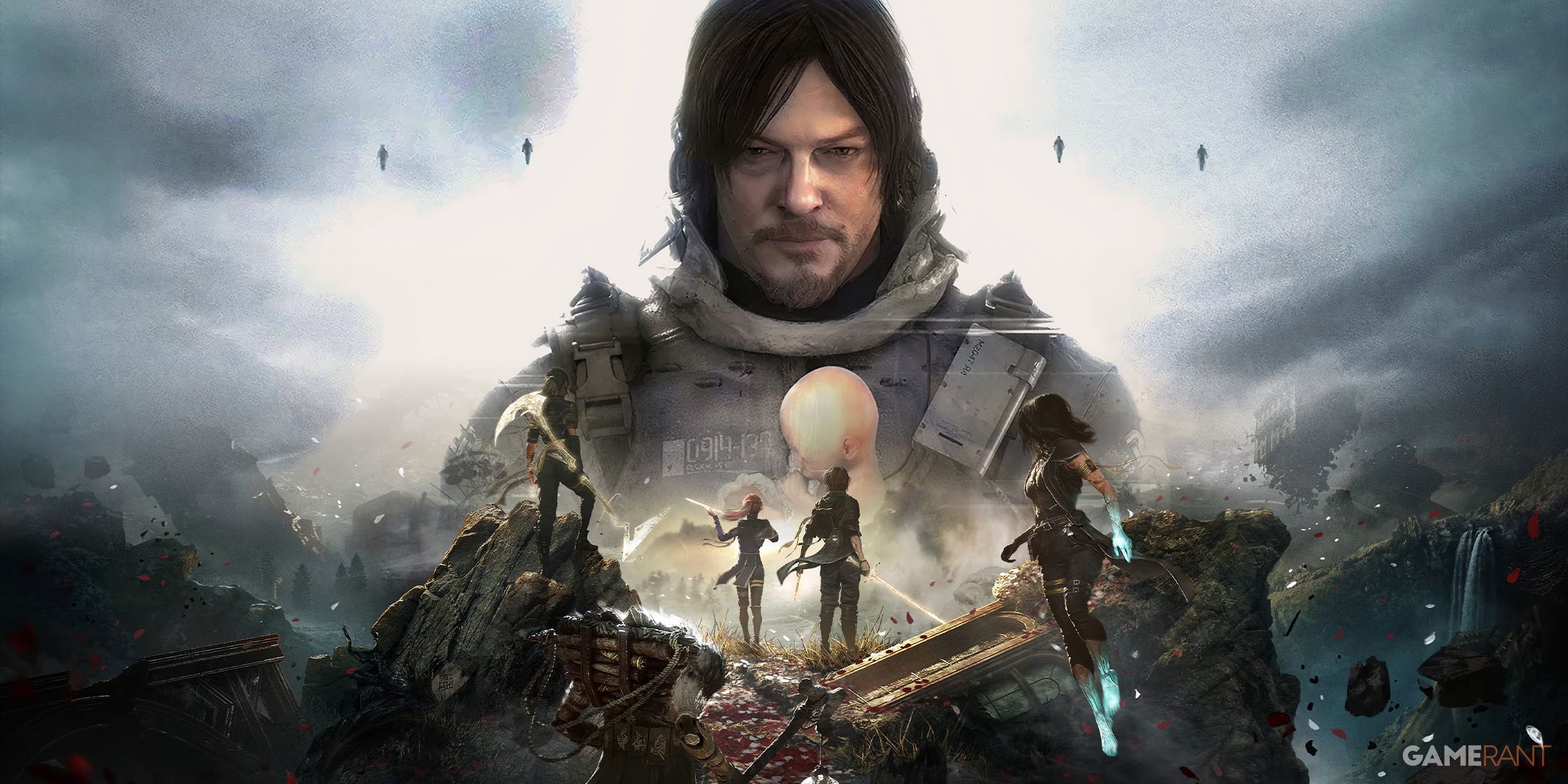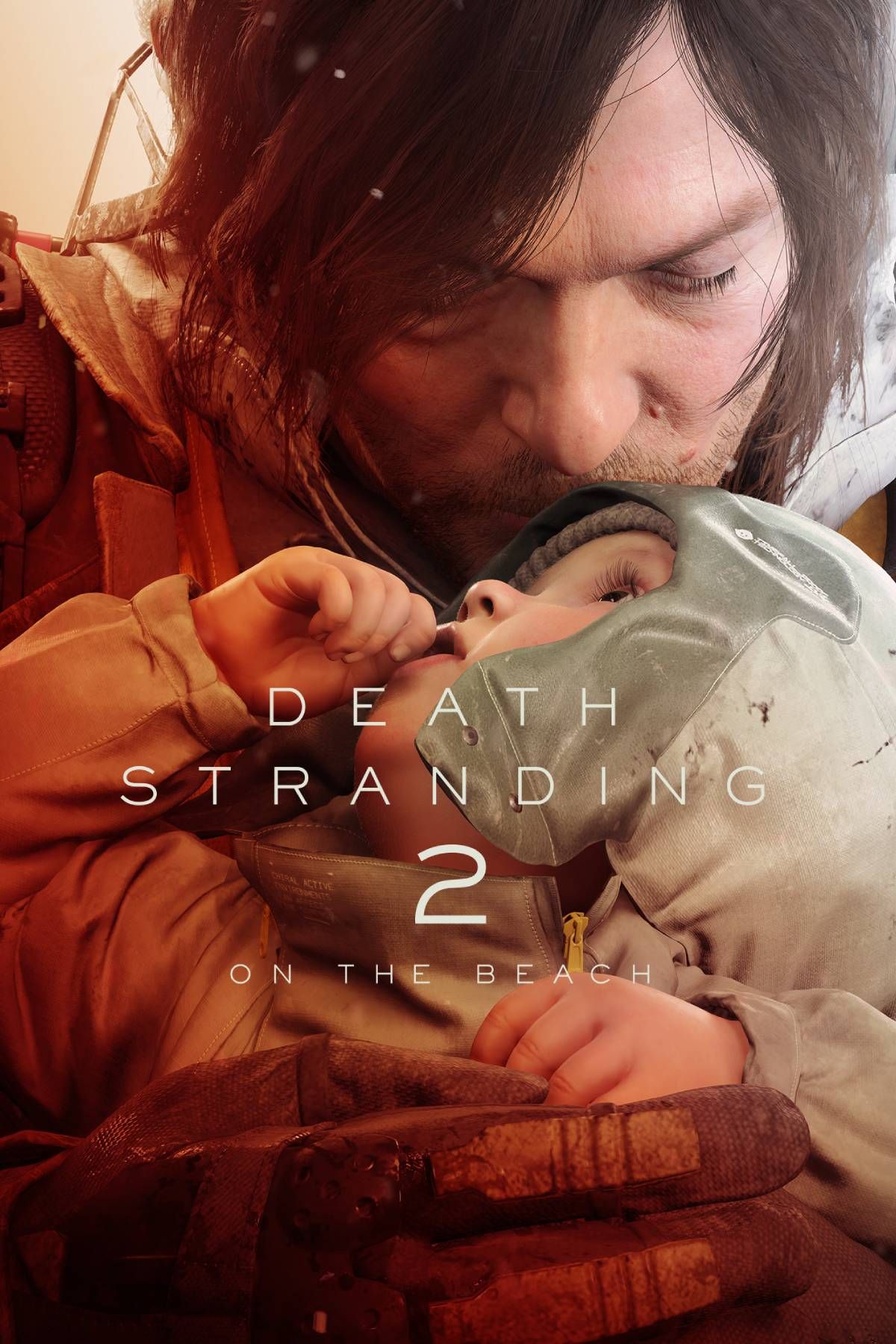Death Stranding 2: On the Beach may be similar to its predecessor in many ways, but there is little doubt that it improves upon that formula by leaps and bounds. One of the biggest changes it makes to the groundwork laid by the first game, however, involves something less seen and more heard: the music. This time, rather than existing solely to set the scene for Death Stranding 2‘s story, the music was intentionally composed to be a driving force behind every moment — even gameplay.
Game Rant recently interviewed Death Stranding 2 composer Ludvig Forssell about his creative process in crafting the game’s score, focusing on how the music serves as an active participant in the narrative rather than a passive backdrop. During the conversation, Forssell detailed how he managed to accomplish this, and much of it had to do with going beyond the confines of his work in the first Death Stranding, accompanied by a strong desire to steer players rather than merely inform them.

Related
Death Stranding 2’s Game of the Year Potential Comes With a Clair Obscur-Sized Catch
Death Stranding 2’s chances to win Game of the Year are strong, but Clair Obscur: Expedition 33 could complicate things for the acclaimed sequel.
How Death Stranding 2’s Composer Used Music to Tell a Story
Death Stranding 2’s Score Assists in Storytelling
It would make sense for any movie, television, or video game composer to aim to craft themes and motifs that linger in the mind even when the images associated with them aren’t visible. However, to do this effectively, their music needs to stand out without being too noticeable — to complement what is seen without being so disruptive that it blinds the viewer — and to be essential enough to the story that to remove it would change that story entirely. This is the approach Ludvig Forssell took when composing the music for Death Stranding 2, as he explained when asked about his tonal shift from the first game’s score:
“This was partly touched upon, but in shaping the expansion and evolution of the first Death Stranding‘s score, it was very important for me to step beyond what I consider to be music that is in service of the action and lean more into music that also tells a story and/or doesn’t just inform the player but also steers them deeper into the connection between what happens on screen and how their interaction with this gets ‘rewarded.'”
Music can have a habit of being little more than background filler, but that generally depends on the context of a game’s development and the priorities of its creators. In the case of Death Stranding 2, Forssell was clearly given enough liberty by Hideo Kojima to create a musical score that is as much a part of the game’s story as the characters themselves. In fact, Forssell touched on the theme song to one of Death Stranding 2‘s biggest characters during the interview and how the theme evolves with the character’s growth:
“To tell Neil’s story in Death Stranding 2 to its completion, I felt like we also needed to have the theme itself have multiple renditions, with one using all the previously mentioned conceptual ideas from a sort of dark and pessimistic standpoint and the other, sort of the “true” rendition, telling a more faceted story that evolves and takes you through all the thoughts and motivations of the character as more of those are revealed.”
While characters in other media have been known to have static themes (like Luke Skywalker’s theme in Star Wars), Forssell’s musical storytelling approach highlighted the growth and development of characters like Neil in Death Stranding 2 by evolving with them rather than remaining confined to one motif. As a result, Neil’s theme in the game ended up with multiple renditions, beginning as something darker and brightening up as more is revealed about his character.
Death Stranding 2’s Score Steered Gameplay as Well
It wasn’t just storytelling that Forssell wanted the game’s music to play a part in, even though it functions in essentially the same way. Just as Neil’s theme in Death Stranding 2 evolves with his character, so too does the ambient music of the game adapt to whatever players may be doing. With that, Forssell ensured Death Stranding 2‘s gameplay would feel more “satisfying,” simply because the music would help fill in the gaps in what might have been emptier moments otherwise. Forssell explained:
“While I’ve touched a lot upon the changes to approaching the expansion of the score for Death Stranding 2 being focused more on storytelling, I do have to mention that a bigger portion of the music I wrote for this game was focused on the gameplay rather than story beats in terms of workload balance. Perhaps this is why I specifically wanted these gameplay moments to be less ‘informative’ and more ‘musically satisfying.'”
This adaptive music system for Death Stranding 2 is arguably one of the game’s most distinctive features, as it makes gameplay feel less mechanical and more cinematic. Of course, that inevitably contributes to Forssell’s philosophy that music should help tell the game’s story rather than merely support it, ensuring even the gameplay feels like a story being told with players in the driver’s seat.




